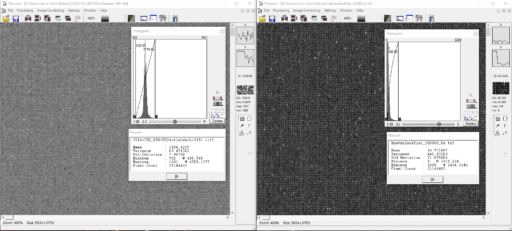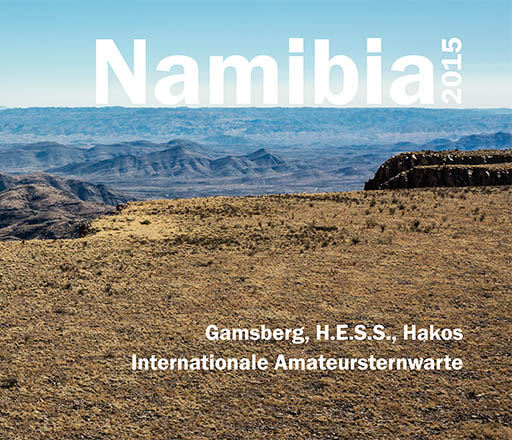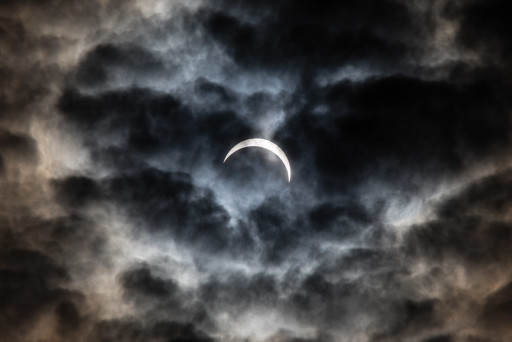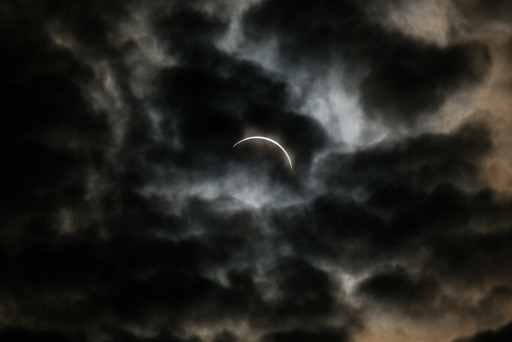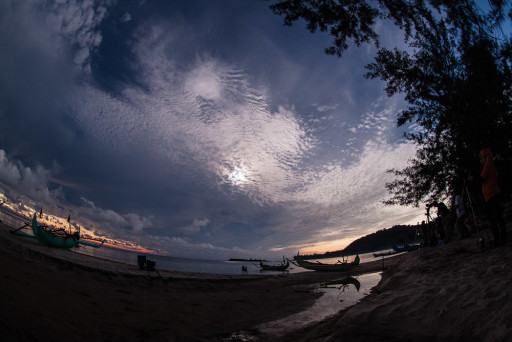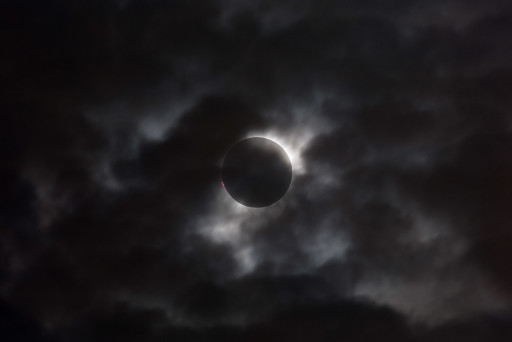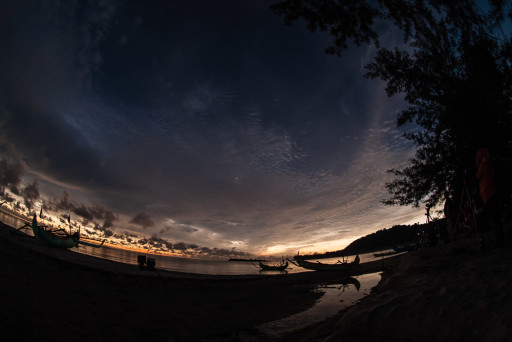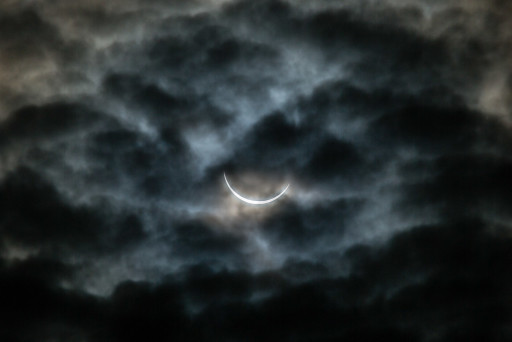DeepSkyStacker (DSS) erstellt aus den einzeln Raw Files für Bias, Darks, Flats, Dark Flats jeweils eine Masterdatei, typischerweise mit der Median- oder Median-Kappa-Sigma-Methode. Im Kontext der Raw-Analyse bietet es sich daher an, auch die von DSS erstellten Master Files zu untersuchen, im Folgenden ein Blick auf ein im Mai erstelltes MasterFlat und MasterDarkFlat.
Author Archives: mj
Driving Namibia
Driving Namibia from Martin Junius on Vimeo.
A Namibia July 2015 road trip time-lapse video.
Time-lapse photography by Martin Junius: GoPro HERO4 Silver, Lightroom, Avisynth, ffmpeg
Music “Night in Namibia” by Martin Junius: NI Komplete and analog sounds from a Moog Mother-32
Special thanks to: Johann Walter Straube (R.I.P.), Waltraud Eppelmann, Friedhelm Hund, Wolf-Peter Hartmann
… and of course: Jennifer Büter, Susanne Büter
Also uploaded to Youtube.
Raw-Analyse 4: Dark Flats

Statistik Flats und DarkFlats
In der Fortsetzung der Analyse habe ich mir zusätzlich auch DarkFlats angeschaut. DarkFlats sind zu den Flats gehörende Dark-Dateien, d.h. sie haben exakt dieselbe Belichtungszeit wie die Flats, nicht die kürzestmögliche wie bei den Bias-Dateien. Hier im realen Fall 1/400 s.
Wie zu erwarten gibt es bei diesen kurzen Belichtungszeiten keinen Unterschied zu Bias-Dateien mit 1/8000 s und auch der so errechnete Gain stimmt gut mit den vorherigen Werten überein.
DarkFlats haben in DeepSkyStacker den Vorteil, dass man dann auf Bias verzichten kann, indem nur die DarkFlats mit den Flats verrechnet werden. Das ist der hier unter “Alternate Calibration Process II (no bias frames)” beschriebene Prozess.
TSE 2016 Complete Photography
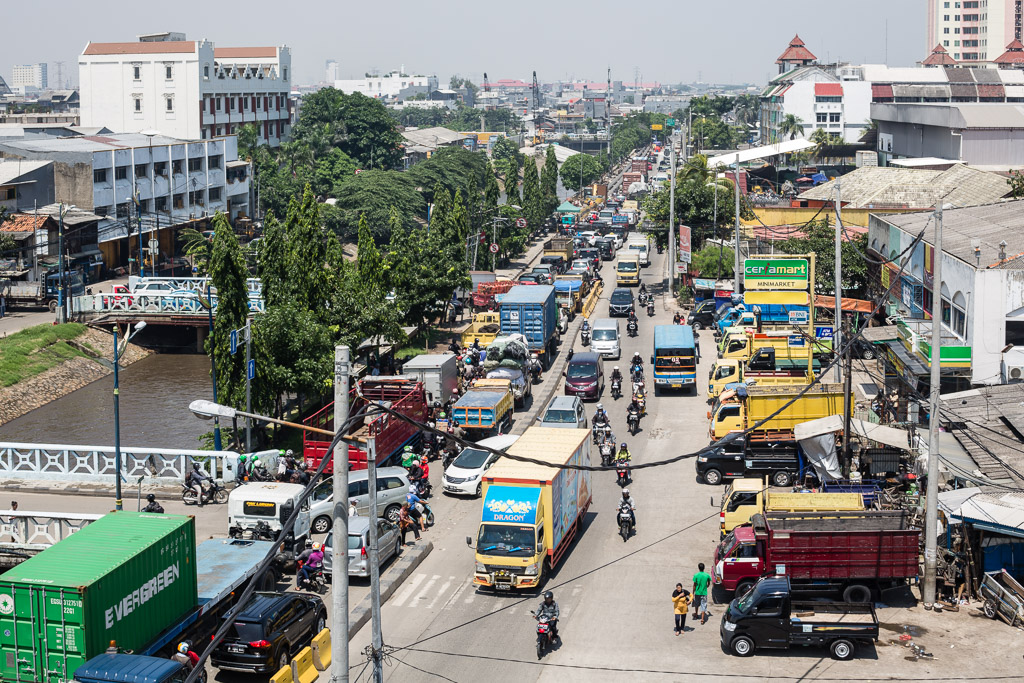
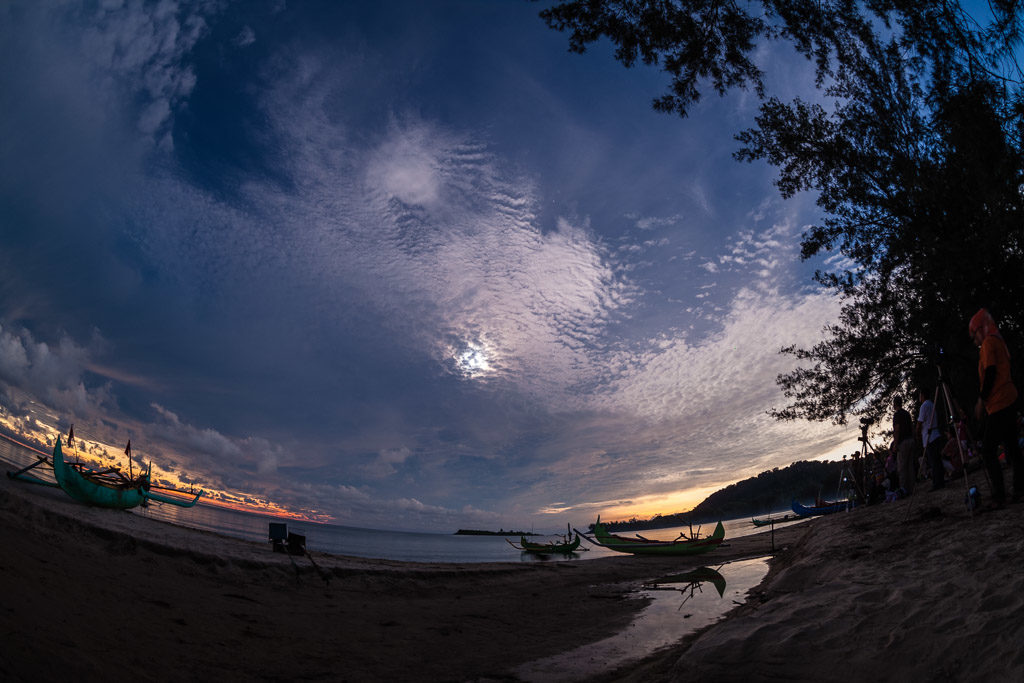
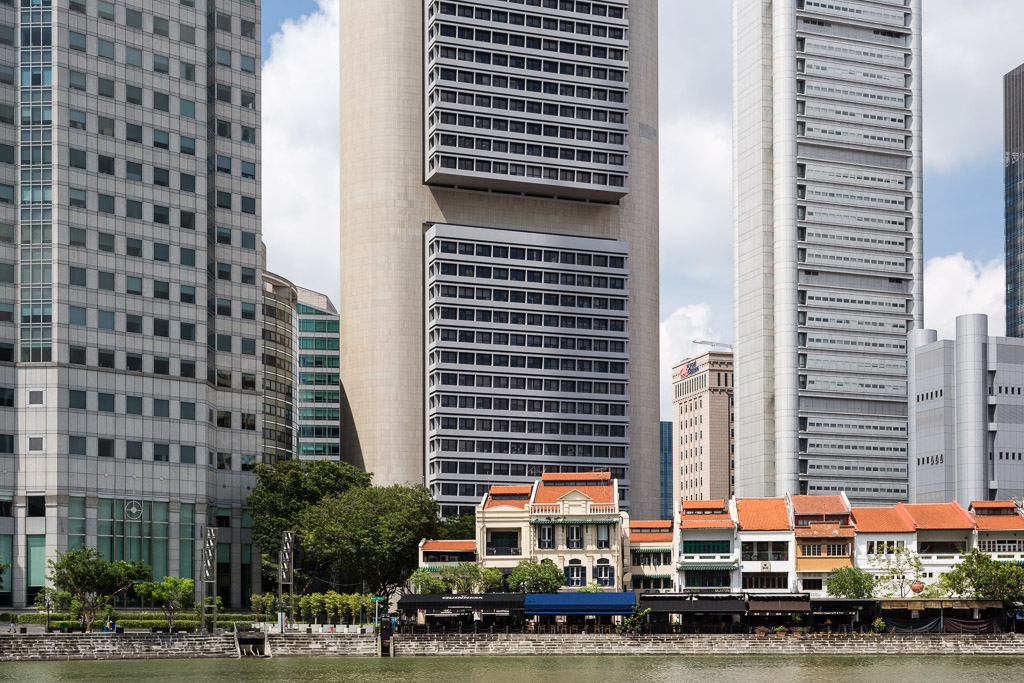
Took some time, but now the three albums with all photography from the trip to Indonesia and Singapore for the total solar eclipse of March 2016 are complete.
Hat etwas gedauert, aber jetzt sind die drei Fotoalben mit allen Fotos von der Reise zur totalen Sonnenfinsternis im März 2016 nach Indonesien und Singapur komplett.
Two Days in London
Transit of Mercury
Transit of Mercury 09 May 2016 from Martin Junius on Vimeo.
Somewhat cloudy, especially towards the end, but most of the transit of Mercury was clearly visible from Brück, Cologne, Germany.
Einige Wolken, besonders zum Ende hin, aber der Großteil der Merkurtransits konnte in Brück, Köln beobachtet werden.
The time-lapse video is available on / das Zeitraffervideo gibt’s auf: Facebook, Vimeo, Youtube.
Equipment:
- Canon 5D Mark II, Televue Powermate 2x, William Optics FT 81 FD f/5.9 478mm, Baader filter, Skywatcher AZ EQ6 GT
- Canon 5D Mark III, EF 8-15 f/4 L Fisheye @ 14mm
- GoPro Hero4 Silver
- 2x ISR Twin1 timer
Location: near Friedhof Brück, Cologne, Germany
50°55’45” N 7°4’43” E
Blurb PDF Upload
FINALLY! ;-) It seems that I’ve solved my problems with Scribus PDF/X-3 photobooks failing the preflight check when uploading them to Blurb. The photobook above used to be rejected during excessive tests a couple weeks ago.
Indonesia

More images from the total solar eclipse trip in Indonesia, starting with Jakarta, can be found here in the gallery.
Mehr Bilder von der Reise zur totalen Sonnenfinsternis in Indonesien, beginnend mit Jakarta, finden sich hier in der Galerie.
Total Solar Eclipse 2016
The total solar eclipse of 09 Mar 2016 on Belitung, Indonesia under difficult conditions, as close as it gets to clouded out.
Raw-Analyse 3: Darks
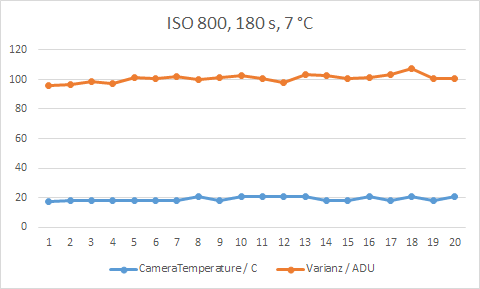
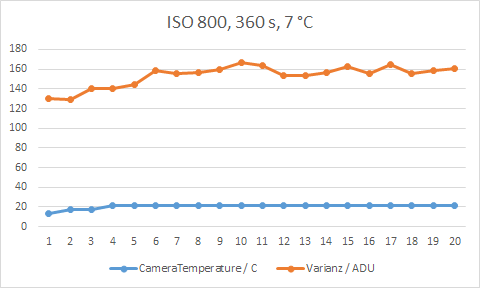
In diesem Teil geht es um die Vermessung der Canon 5D Mark II Darks. Schon im vorherigen Beitrag haben wir gesehen, dass bei den CR2 Raw-Dateien die Bias- und Dark-Werte bei ca. 1024 ADU “festgenagelt” sind.
Mittelwert und Varianz der Bias-Daten zeigen dabei wie erwartet keinerlei Temperaturabhängig, die Dark-Daten natürlich schon. Aus der Literatur zu CCD- und CMOS-Sensoren ist zu erwarten, dass sich der Dunkelstrom jeweils in 6-8 K (bzw. °C) Schritten verdoppelt.
Bei den Canon Darks ist das aber etwas komplizierter …
